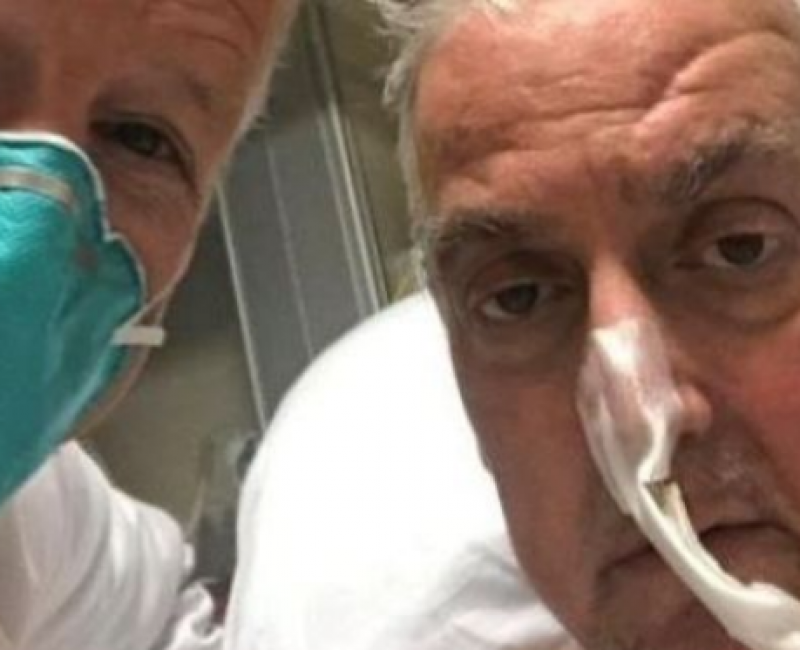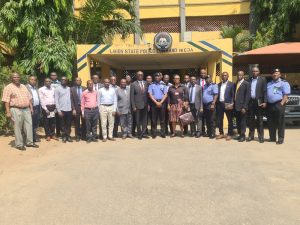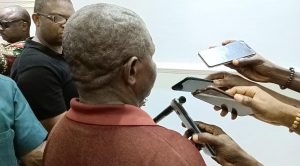In January, David Bennett, a handyman who suffered from heart failure, underwent a highly experimental surgery at the University of Maryland medical centre in which doctors transplanted a genetically modified pig’s heart into him.
Shortly after undergoing the surgery, Mr Bennett died in March. The hospital simply said his condition had worsened over the span of a few days but did not provide an exact cause of death.
Last month, Mr Bennett’s transplant surgeon, Bartley Griffith, revealed that the pig’s heart was infected with a porcine virus known as porcine cytomegalovirus, which may have contributed to Mr Bennett’s death.
In a webinar hosted by the American Society of Transplantation on April 20th, Dr Griffith described the virus and doctors’ attempts to treat it, MIT Technology Review first reported on Wednesday.
“We are beginning to learn why he passed on,” said Dr Griffith, adding, “[The virus] maybe was the actor, or could be the actor, that set this whole thing off.”
According to experts, the transplant was a “major test of xenotransplantation,” a process that involves transferring tissues between different species. They believe that the experiment may have been derailed as a result of an “unforced error”, as the pigs that were bred to provide organs are supposed to be free of viruses.
“If this was an infection, we can likely prevent it in the future,” Dr Griffith said during the webinar.
The biggest challenge in animal-to-human organ transplants is the resilience of the human immune system, as it can attack foreign cells in a process called rejection and trigger a response that will ultimately destroy the transplanted organ or tissue.
As a result, companies have been biologically engineering pigs by removing and adding various genes to help conceal their tissues from potential immune attacks. The heart used in Mr Bennett’s case came from a pig that underwent 10 gene modifications carried out by Revivicor, a biotechnology company.
Despite worries that xenotransplantation could trigger a pandemic if a virus were to adapt within a human body and spread to others, experts believe that the specific type of virus in Mr Bennett’s donor heart is not capable of infecting human cells.
According to Jay Fishman, a specialist in transplant infections at Massachusetts General hospital, there is “no real risk to humans” of it spreading to others. Rather, the concern stems from the ability of porcine cytomegalovirus to trigger reactions that can damage and destroy not only the organ, but also the patient.
Experts are hesitant to fully attribute Mr Bennett’s death to the virus. According to Joachim Denner, a researcher at Free University of Berlin’s Institute of Virology, “This patient was very, very, very ill. Do not forget that ? Maybe the virus contributed but it was not the sole reason.”
Two years ago, Mr Denner led a study in which researchers reported that pig hearts transplanted into baboons lasted only several weeks if they contained porcine cytomegalovirus. On the other hand, hearts that were free of the infection were able to survive over six months.
Blood tests
Shortly after Mr Bennett’s surgery, Dr Griffith and his team had frequently monitored his recovery through various blood tests. In one of the tests, doctors examined Mr Bennett’s blood for traces of various viruses and bacterias and found “a little blip” that indicated the presence of porcine cytomegalovirus. However, because its levels were so low, the doctors assumed that the result could have been an error.
Dr Griffith also revealed that because the special blood test was taking approximately 10 days to carry out, doctors were unable to know that the virus was already beginning to multiply rapidly. As a result, this may have triggered a reaction that Dr Griffith now believes was likely “cytokine explosion,” a storm of exaggerated immune response that can cause serious issues.
On the 43rd day of the experiment, doctors discovered that Mr Bennett was breathing hard and warm to the touch. “He looked really funky. Something happened to him. He looked infected,” said Dr Griffith, adding, “He lost his attention and wouldn’t talk to us.”
In attempts to fight Mr Bennett’s infection while keeping his immune system under control, doctors provided him with intravenous immunoglobulin as well as cidofovir, a drug sometimes used in Aids patients. Mr Bennett displayed signs of recovery after 24 hours before his condition worsened again.
“I personally suspect he developed a capillary leak in response to his inflammatory explosion, and that filled his heart with edema, the edema turned into fibrotic tissue, and he went into severe and unreversing diastolic heart failure,” Dr Griffith said in the webinar.–



































































































This Post Has 3 Comments
What’s up to all, the contents existing at this web site
are in fact amazing for people knowledge, well, keep up
the nice work fellows.
Thank you for the remarks.
Pingback: Better Way Of Preventing Heart Risking Diseases – ngrDesk News – Breaking News, Nigerian News, Entertainment, Fashion and Styles, Sport, Business and Politics